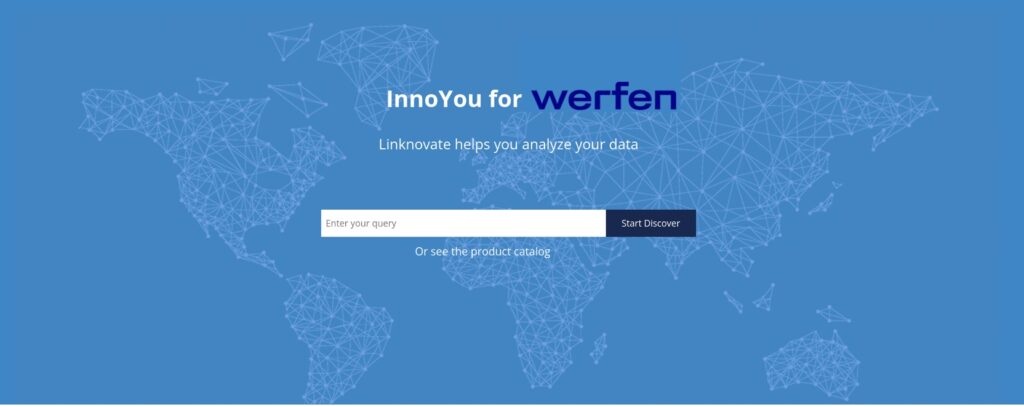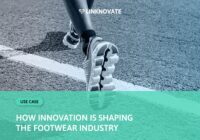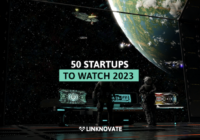Werfen meets Linknovate

Montse Ortí is Knowledge Manager at Werfen, OEM, under the Innovation Division. Werfen is a worldwide leader in specialized diagnostics in the areas of Hemostasis, Acute Care Diagnostics and Autoimmunity. She oversees the knowledge management strategy by working on different systems and tools
When did you realise you needed a tool like InnoYou?
We had reached a point in which the information that once was managed separately, through projects, reports, and others, had become a knowledge universe of its own that needed to be approached from different angles.
Our challenge was to take several tools originally dedicated to managing projects, products, publications, and others and create a supra knowledge system that could connect everything together and offer us an overview of any given topic. Our main objective was to identify people knowledge and expertise.
When you look for what you know about a particular subject, you should have all the information in one place. What we needed from InnoYou was an interconnection that facilitated us access to data integrated from multiple sources to generate new ideas and knowledge. The same data can have many sides and different uses.
“We were looking for Linknovate’s experience in creating solutions for cross searches”
How did you discover Linknovate?
We needed to make this data interconnection through a graphical solution. We started looking at different possibilities but what we found wasn’t a good fit. Most systems were in an early stage and didn’t have a user-friendly interface.
On the other side, we already knew Linknovate through another product, InnoScout. It allows you to search transversally in multiple sources and generates data insights graphically. We thought that if Linknovate already knew how to look through diverse sources, collect data and translate it into graphs, you could do the same for our sources easily.
In that sense, we were looking for Linknovate’s experience in creating solutions for cross searches. You can use PubMed for medical publications and EspaceNet for patents, but we wanted a tool that could look at both (and more) at the same time while offering insights.
Did you find any obstacles in the way?
We did, yes. First, name disambiguation. The author of a publication will sign journal articles with his surname and his initial, but his username in the enterprise platform will be different. How do we connect those two names that belong to the same person? The same happens with products. The commercial name might not be the same as the one used during product development stages (products are often associated with projects).
There’s also the time concept. When adding new data, we don’t want it to replace the previous information. People change their role and move from project to project and we need to track changes in time. Maybe at some point we want to know what we knew about a subject in a given period of time to see its evolution.
Finally, there is the data scheme. We needed to integrate data from different sources into a linked system, and translate it into homogenous ontology and taxonomy, able to generate a visually appealing graph.

“Innoyou helps us place knowledge in context”
What are the benefits of this solution?
With InnoYou we expect to speed up knowledge management. Until now, it’s been a matter of looking at different systems that return info in text format only. Now we will get visually coordinated results in just one search.
It is powerful because it helps us place knowledge in context. If I need to find what we know about a topic, it allows me to discover who has experience in the matter and in what context. That person is considered an expert because he/she has developed x number of projects or has been working with this research report. That’s the context we need: one that can connect several knowledge assets at once while presenting a general picture of the subject. We are placing knowledge within our organisation’s global context.

In terms of people knowledge there is a philosophical debate behind these searches. How can you know if what makes one person postulate as an expert follows a homogenous criterion which is true for all the other colleagues? Some people consider themselves experts easily while others are shy about their capabilities. Therefore, when you are managing people knowledge you are starting from a methodological error if you only take self-tagging into account. At Werfen we solve this by looking at the experience. If a person has led this project, this person has certain expertise on that. It’s totally objective. The value of knowledge must be based more on what has been done than on what has been said.
Another virtue is that it allows you to grow modularly. You can start with one module of your knowledge strategy and from there you can add more entities and relations, more points of view without going back. In that sense you can enrich the original data steadily and generate new knowledge. Considering knowledge management as one of the pillars of innovation, InnoYou will help us find those areas that we connect afterwards through new innovative ideas.
On the other hand, within an international organization, there are different needs based on your cultural context. For example, the United States has a very dynamic setting with people moving often to new positions. The system allows you to find people knowledge but also it helps you find that knowledge after these people are gone. It helps prevent corporate amnesia.
Who are the final users?
Basically, anyone who works with knowledge. Any person from the company will access it and ask a different question. A manager can use it when building a team for a project for example. He/she can see the experts in certain subjects and put them together according to needs. A recent employee might use it to figure out who does what, a marketing manager to find particular information for a piece of content…
It is really powerful when you have organizations with multiple locations and people don’t know their colleagues. There might be someone on the other side of the ocean that knows about certain subject that is new for your team. The possibility of placing knowledge in context allows you to be in touch directly with experts from your organization that you have never spoken to before.
How important do you consider user friendliness?
It’s very important and it’s one of the virtues of this tool. InnoYou shows you results both graphically and with data. This means that the graph becomes transparent after reading the data in the table underneath the graph. We can see the results visually through the graph, which saves us time because it’s quick and easy, and then understand where they are coming from by looking at the data. It is essential to see the origin of the visual information in tools that are analyzing data from multiple sources.






